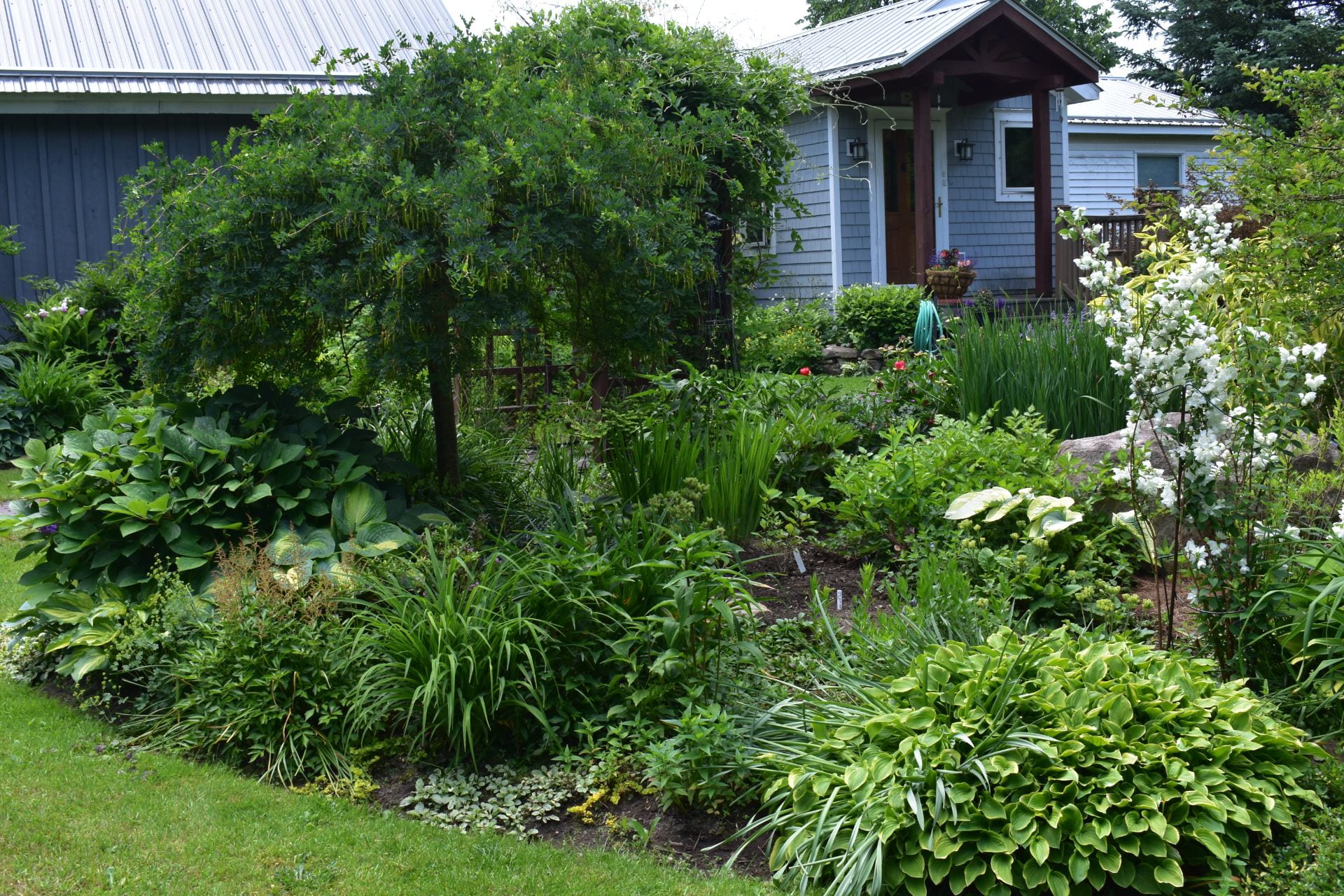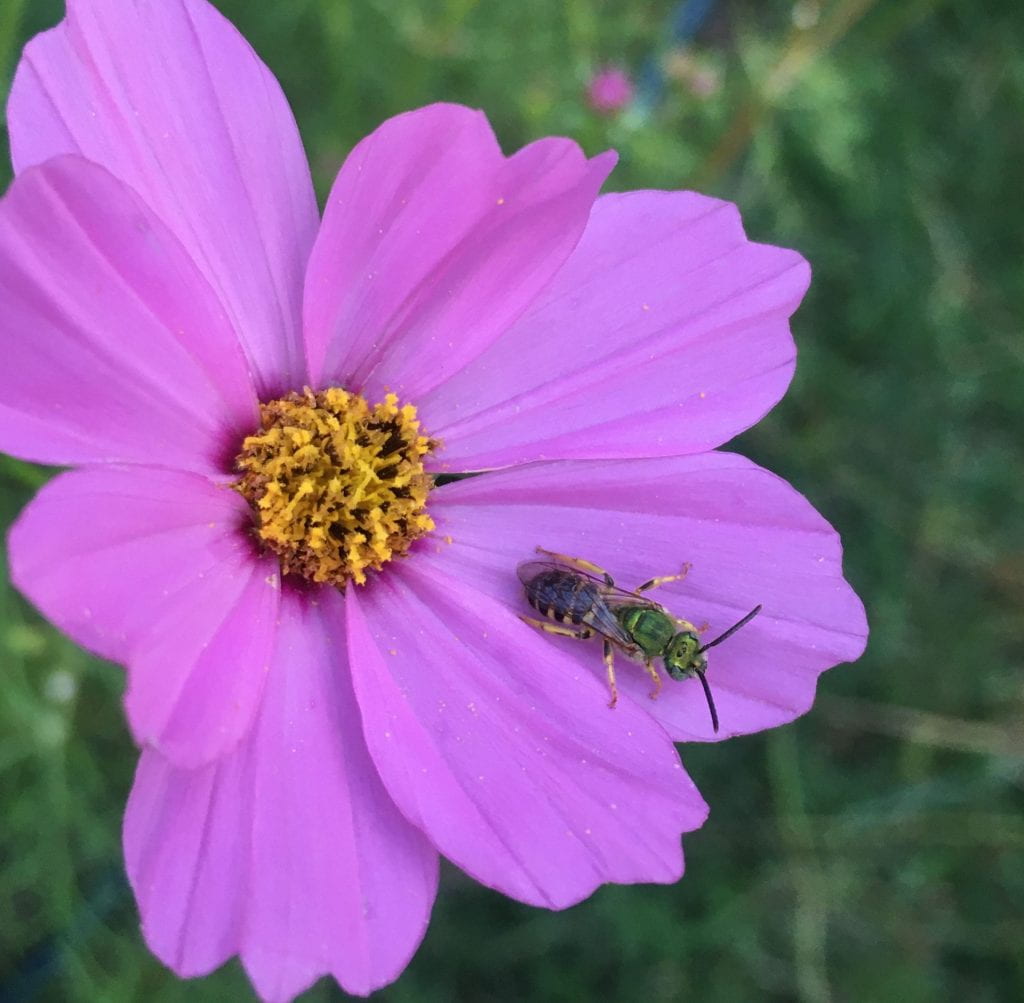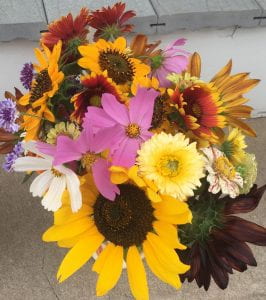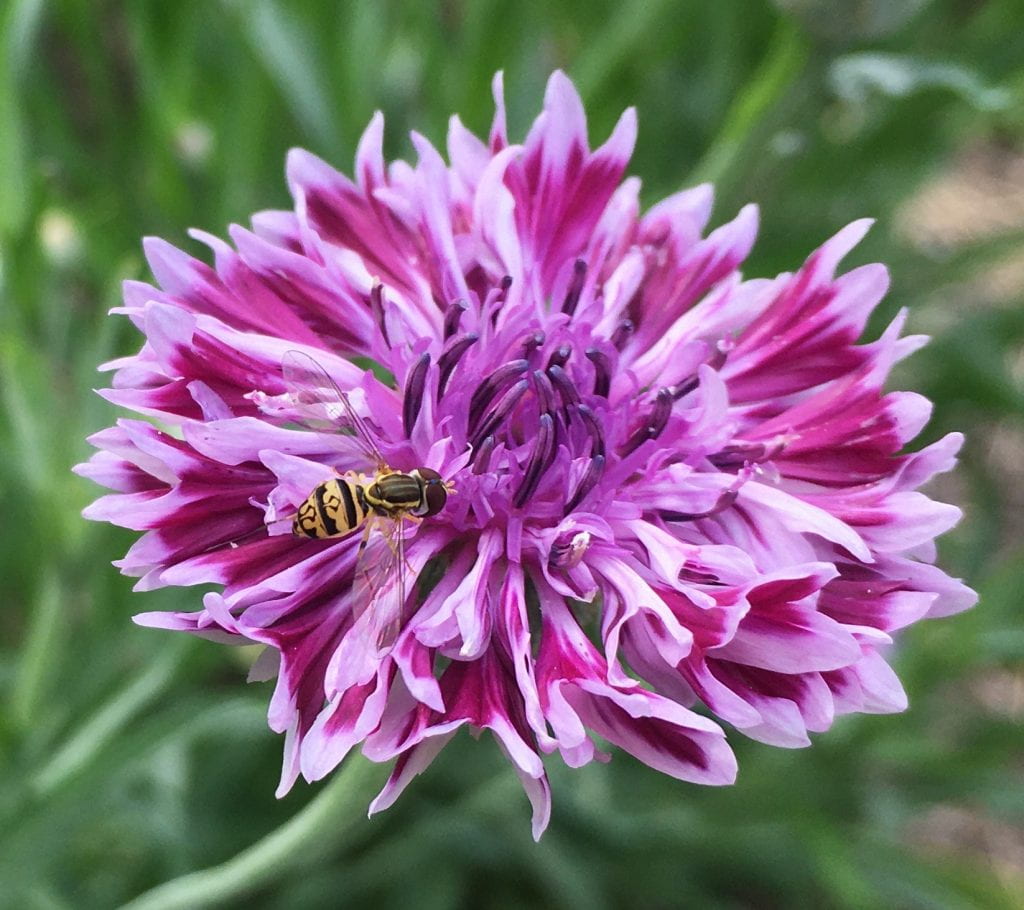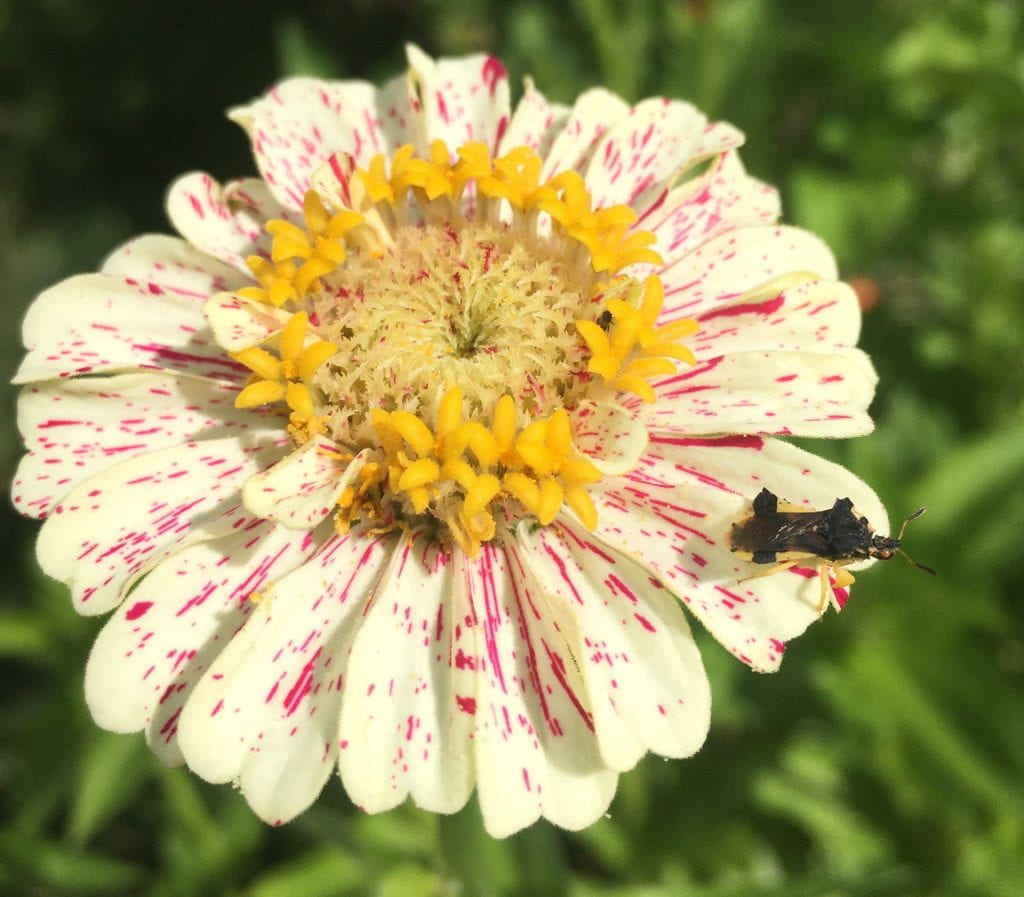With a new cohort of Master Gardener Volunteers beginning to serve their community, we’d like to introduce them (AND YOU!) to the group of MGVs who have sustained this program for the last several years. Meet Nancy Alessi, who hosted the MGVs for a garden tour in mid June of last year. Enjoy the photos from that inspiring visit!
What is your background and how did you become a gardener?
You might call me a ‘late bloomer’ since I didn’t begin to garden until my mid-twenties. Growing up in Philadelphia, I didn’t have the opportunity to garden, though I did have the great fortune to live across from Pennypack Park, an amazing sanctuary of towering mature forests, wildlife and wetlands in the midst of the city. A fascination with nature nurtured from a young age propelled me to study biology in college. I focused on zoology, not having yet discovered my passion for botany.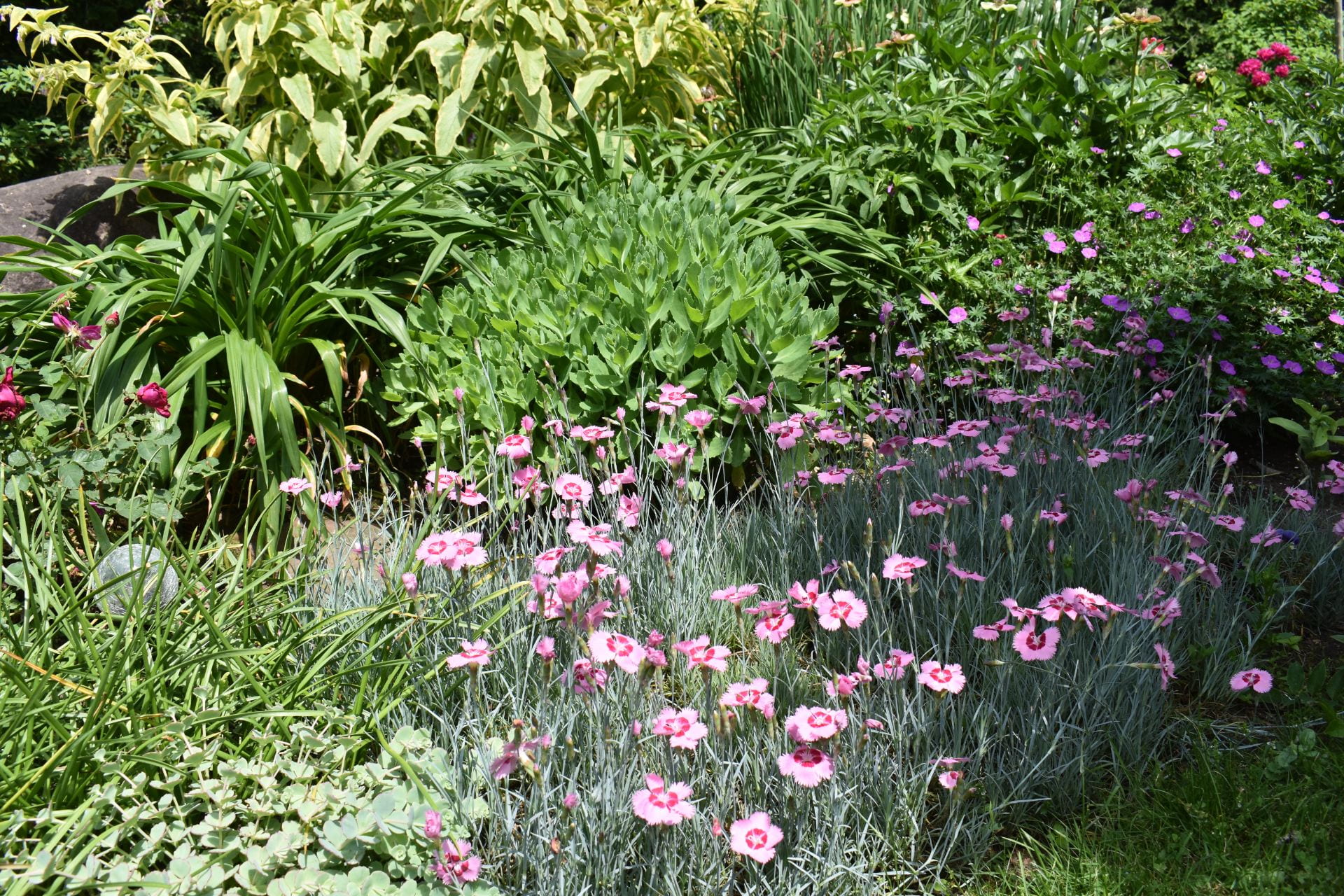
As newlyweds my late husband and I yearned to escape the city and find a refuge. Four decades ago, we purchased 50 woodland acres and an abandoned, ‘rustic’ log cabin way back in the woods in Russell, NY. With enthusiasm we set about growing our own food, raising goats to produce milk, and training 2 bull calves to become draft animals. Our enthusiasm was only exceeded by our lack of experience! And so began my gardening life in earnest. We scoured books and quizzed new friends and neighbors with our many questions. No internet back then, and there were as many different answers as there were questions, so we learned to observe and experiment on our own and seek counsel from experienced gardeners. Only once did I make the mistake of planting a massive bed of zucchini!